Why Do Mosquitos Bite at Night? Are All Mosquitos Dangerous? Which One is the Most Dangerous?
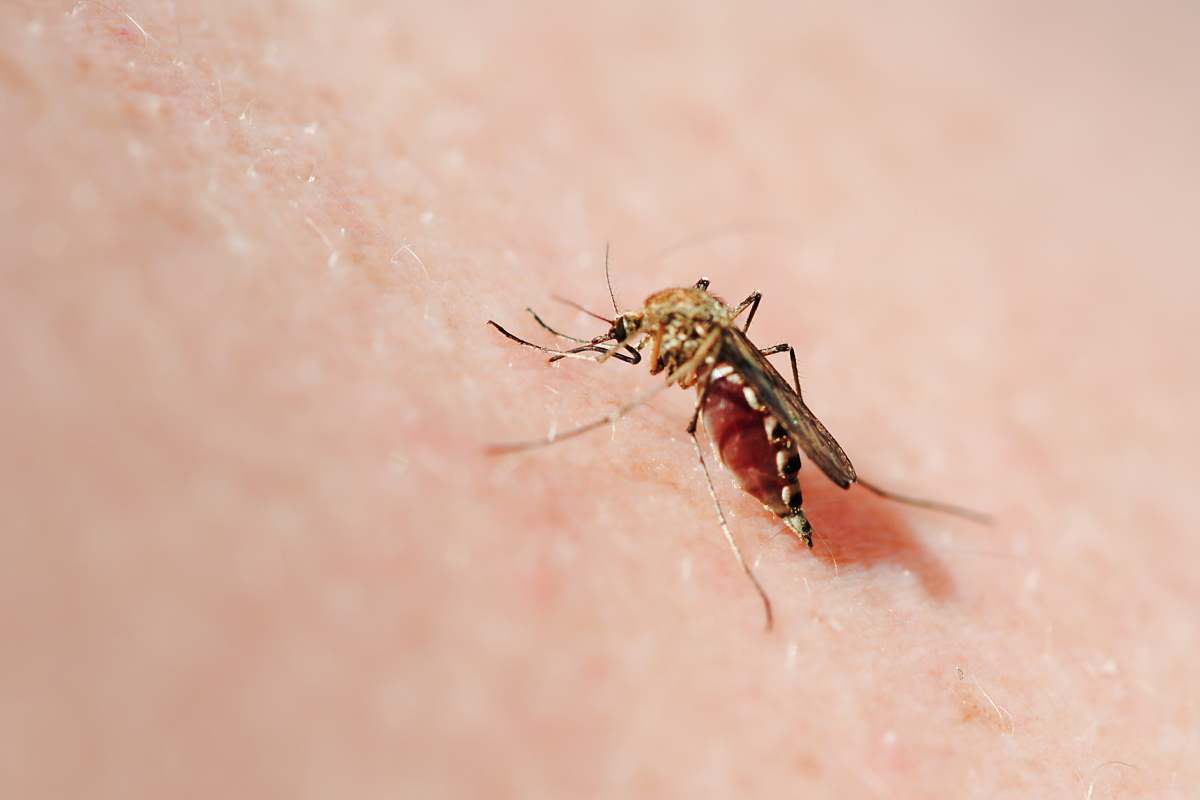
Mosquitoes, ubiquitous and often misunderstood, play dual roles in ecosystems: as essential pollinators and prey, and as vectors of deadly diseases.
Understanding their diversity and the specific threats they pose is crucial for effective public health strategies worldwide. Among the vast array of mosquito species, certain ones stand out for their ability to transmit diseases that impact millions each year.
This article delves into the dangerous nature of mosquitoes, exploring which species pose the greatest risks to human health and why.
More related articles:
The Lifecycle of Mosquitos
The lifecycle of mosquitoes is a fascinating and important aspect of their biology, influencing their role as both pests and vital components of ecosystems. Understanding their lifecycle is crucial for effective pest control and for managing diseases, they can transmit.
Mosquitoes undergo complete metamorphosis, which means their life cycle consists of four distinct stages: egg, larva, pupa, and adult. Each stage serves a specific purpose in their development and survival.
Mosquitos development stages
1. Egg Stage
The lifecycle begins when a female mosquito lays eggs on or near water. This is a critical choice as most mosquito species require water for their larvae to develop. Eggs can be laid individually or in clusters called rafts, depending on the species. The time it takes for eggs to hatch varies based on environmental conditions like temperature and water availability.
2. Larva Stage
Once the eggs hatch, they enter the larval stage. Mosquito larvae, often called wrigglers, are aquatic and have distinct characteristics such as a head with mouthparts for feeding and a segmented body equipped for swimming. They primarily feed on organic matter and microorganisms in the water. Larvae go through several moults as they grow, shedding their exoskeleton to accommodate their increasing size.
3. Pupa Stage
After the larval stage, mosquitoes enter the pupal stage. Pupae are also aquatic but are less active than larvae. They don’t feed during this stage but undergo dramatic changes inside a protective cocoon-like structure. These changes include the development of wings, legs, and other adult structures. The pupal stage is relatively short, lasting a few days to a week, depending on environmental conditions.
4. Adult Stage
Once the transformation is complete, the adult mosquito emerges from the pupal case and floats on the water’s surface to dry and harden its exoskeleton. At this point, it must wait for its wings to dry and become fully functional before it can fly away. Adult mosquitoes primarily feed on nectar and other plant juices; however, females of most species require a blood meal to develop eggs. This feeding behaviour is why female mosquitoes are often associated with biting humans and other animals.
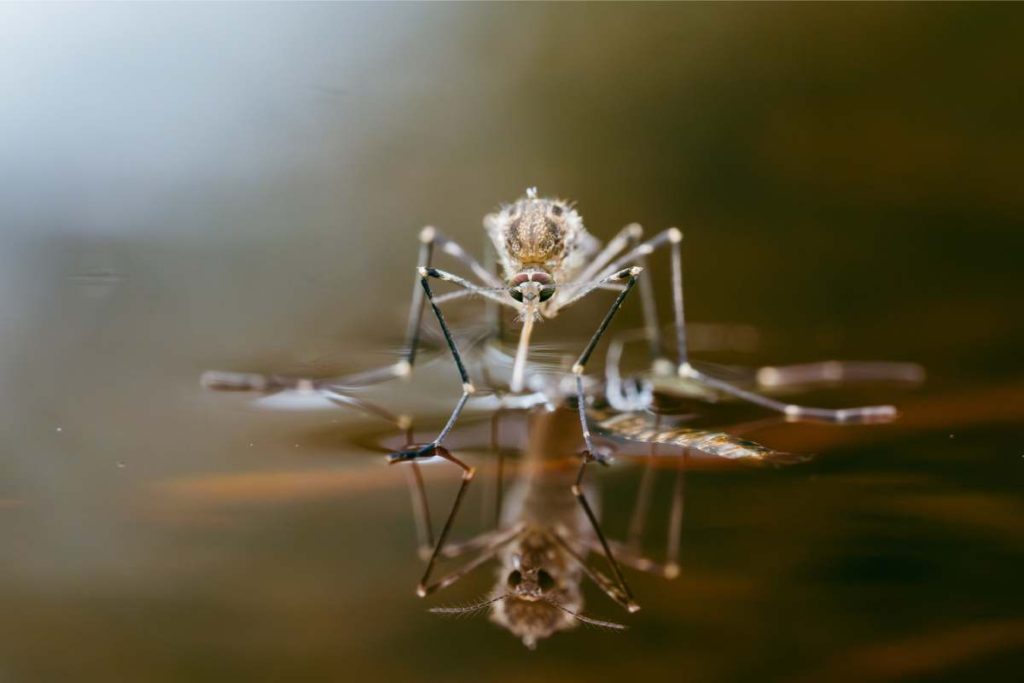
Lifecycle Variations
While this general lifecycle applies to most mosquito species, there are variations. Some species lay eggs in moist soil, and the larvae hatch when flooded with water. Others have adapted to specific habitats such as tree holes or artificial containers. Understanding these variations helps in developing targeted strategies for mosquito control and disease prevention.
Ecological Role
Despite their reputation as pests, mosquitoes play essential roles in ecosystems. They serve as food for many organisms, including fish, birds, and other insects. Additionally, their larvae contribute to nutrient cycling in aquatic environments by breaking down organic matter.
Importance for Human Health
Mosquitoes are notorious for transmitting diseases such as malaria, dengue fever, Zika virus, and West Nile virus. Understanding their lifecycle is crucial for implementing effective control measures to reduce disease transmission. Strategies include eliminating breeding sites, using insecticides, and implementing biological control methods.
Why Do Mosquitos Bite at Night?
Mosquitoes are often more active and prone to biting at night for several reasons that are tied to their biology and behaviour:
1. Feeding Behavior
Mosquitoes, particularly female mosquitoes, need a blood meal to develop their eggs. They are equipped with specialized mouthparts (proboscis) that they use to pierce the skin of animals, including humans, to access blood. Female mosquitoes are generally more active biters because they require the proteins found in the blood for reproductive purposes.
2. Temperature and Humidity
Mosquitoes are ectothermic, meaning their body temperature is influenced by the temperature of their surroundings. Many species of mosquitoes are more active in cooler temperatures, such as during the evening and night. Additionally, higher humidity levels at night can provide ideal conditions for their activity.
3. Reduced Wind
Mosquitoes are relatively weak fliers and are sensitive to wind. At night, wind speeds tend to decrease, making it easier for mosquitoes to fly and locate hosts for blood meals. Calm conditions allow them to detect the carbon dioxide and other chemical cues that lead them to potential hosts.

4. Sleeping Hosts
Many mammals, including humans, are less active at night and are more likely to be resting or sleeping. This makes them easier targets for mosquitoes seeking a blood meal. When hosts are stationary, mosquitoes have a better chance of feeding without interruption.
5. Visual Sensitivity
Some mosquito species are attracted to light, while others are more sensitive to darkness. Nighttime darkness can provide cover and protection for mosquitoes as they search for hosts and lay eggs in water bodies.
6. Evolutionary Adaptations
Over time, mosquitoes have evolved to exhibit behaviours that increase their chances of reproductive success. Biting at night may offer them advantages such as avoiding predators that are more active during the day and exploiting the behaviour of hosts that are less vigilant while sleeping.
7. Disease Transmission Dynamics
Certain diseases carried by mosquitoes, such as malaria and dengue fever, have transmission patterns that align with mosquito-feeding behaviour. For example, malaria-transmitting mosquitoes (Anopheles species) are known to be more active during the night, which coincides with the nighttime biting habits of these vectors.
In summary, mosquitoes bite at night primarily because it aligns with their reproductive needs, environmental conditions, and the behaviour of their hosts. Factors such as temperature, humidity, wind conditions, and the availability of stationary hosts contribute to their preference for nocturnal feeding. Understanding these behaviours is essential for implementing effective strategies to reduce mosquito bites and manage the diseases they transmit.
Are All Mosquitos Dangerous? Which One is the Most Dangerous?
Not all mosquitoes are dangerous to humans, but some species are indeed significant vectors of diseases that pose serious health risks. The danger posed by mosquitoes depends largely on their ability to transmit pathogens (like viruses and parasites) to humans through their bites. Here’s an overview of some of the most dangerous mosquito species:
1. Anopheles mosquitoes
Anopheles mosquitoes are notorious for transmitting malaria, a potentially deadly disease caused by Plasmodium parasites. Malaria is a major global health concern, particularly in tropical and subtropical regions where these mosquitoes thrive. Female Anopheles mosquitoes require a blood meal to develop their eggs, and in the process, they can infect humans with malaria parasites.
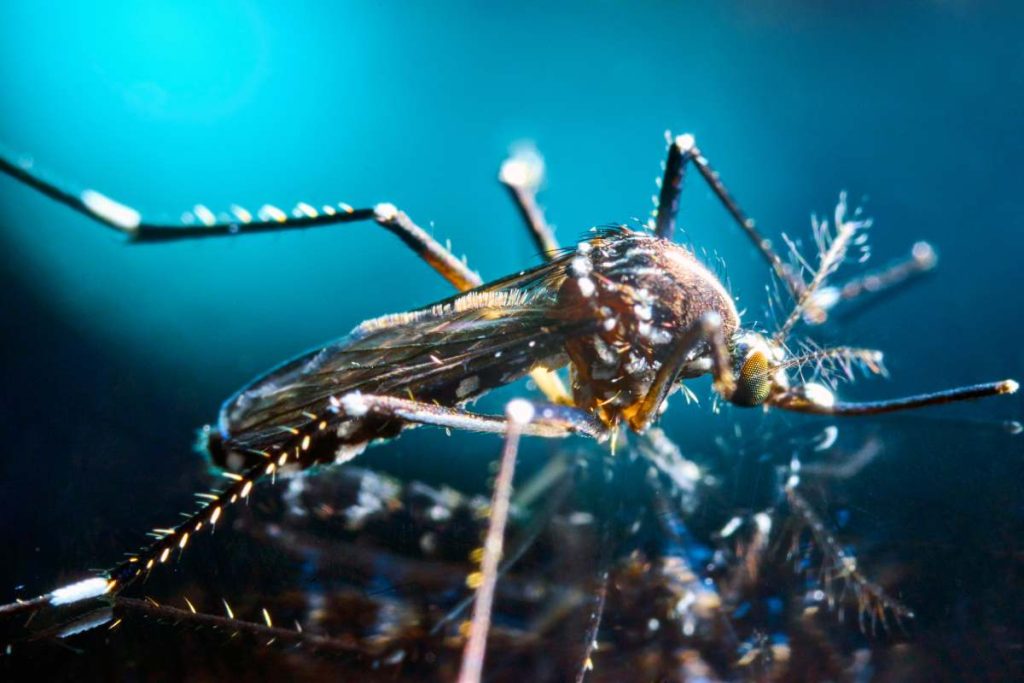
2. Aedes mosquitoes
Aedes mosquitoes are vectors for several dangerous diseases, including:
- Dengue fever: Transmitted by Aedes aegypti and Aedes albopictus mosquitoes, dengue fever can cause severe flu-like symptoms and, in some cases, lead to hemorrhagic fever, which can be life-threatening.
- Zika virus: Aedes mosquitoes, particularly Aedes aegypti, are responsible for transmitting Zika virus, which can cause birth defects (microcephaly) in infants born to infected mothers and neurological complications in adults.
- Yellow fever: Aedes mosquitoes can also transmit yellow fever virus, which can lead to severe illness and, in some cases, death. Vaccination is available for yellow fever and is recommended for travellers to endemic regions.
3. Culex mosquitoes
Culex mosquitoes are known vectors for diseases such as West Nile virus, which can cause flu-like symptoms and, in severe cases, neurological complications. They can also transmit other viruses and parasites that affect birds and mammals.
4. Other species
There are numerous other mosquito species that may transmit diseases regionally or locally. For example, in some parts of the world, mosquitoes of the genus Anopheles can transmit other diseases like lymphatic filariasis (elephantiasis) and various encephalitis viruses.
Identifying the Most Dangerous
Among these species, the classification of “most dangerous” can vary based on factors such as global impact, the severity of the diseases they transmit, and their geographic distribution. Historically, Anopheles mosquitoes have been responsible for the highest number of malaria cases worldwide, making them one of the deadliest species. Aedes mosquitoes, however, are notable for their ability to transmit multiple high-profile diseases like dengue, Zika, and yellow fever, which have significant public health implications in affected regions.
In summary, while not all mosquitoes are inherently dangerous, certain species have evolved to become highly effective vectors of diseases that can cause substantial morbidity and mortality in human populations. Effective mosquito control measures and public health interventions are crucial for mitigating the impact of these dangerous species and reducing the burden of mosquito-borne diseases globally.
In conclusion
Mosquitoes represent a complex and multifaceted challenge to global health. While not all mosquitoes are dangerous, several species have evolved into formidable disease vectors capable of transmitting illnesses such as malaria, dengue fever, Zika virus, and yellow fever.
The impact of these diseases extends far beyond individual suffering, affecting communities and economies worldwide. Effective control measures, including mosquito surveillance, habitat management, and public awareness, are essential in combating these threats. By understanding the biology and behaviour of mosquitoes, we can better protect ourselves and future generations from the devastating consequences of mosquito-borne diseases.
Recent Posts
Recent Comments

Varicose Veins: Causes and Treatment
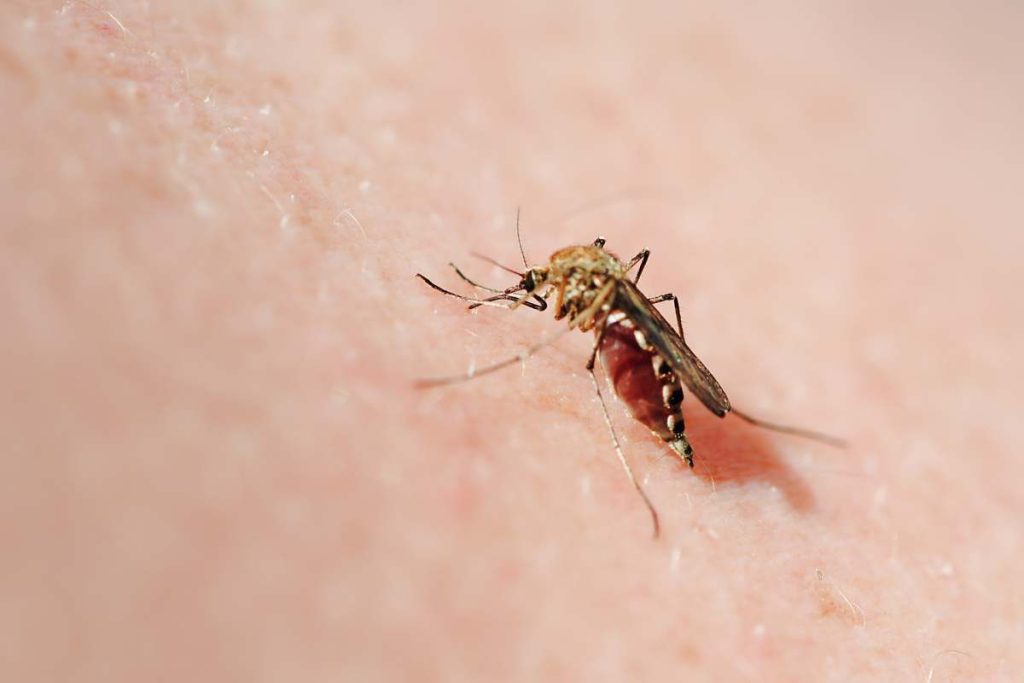
Why Do Mosquitos Bite at Night? Are All Mosquitos Dangerous? Which One is the Most Dangerous?

How do I know if my nails are healthy or unhealthy? What are the 5 common nail problems? How can I make my nails healthier?

The Health Benefits for Children Living in a Home with a Swimming Pool

What Are Tree Reductions? What Are the Benefits of Tree Reduction?

Can You Transport Your Yacht Interstate Yourself?
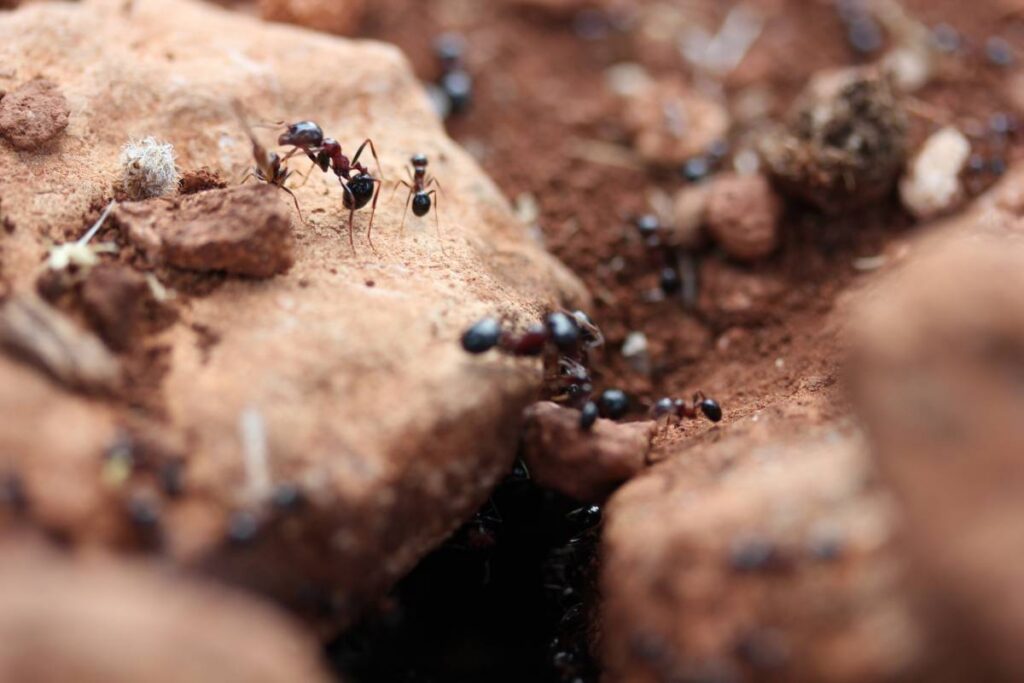
How to Get Rid of Ants in Your Lawn: A Complete Guide


